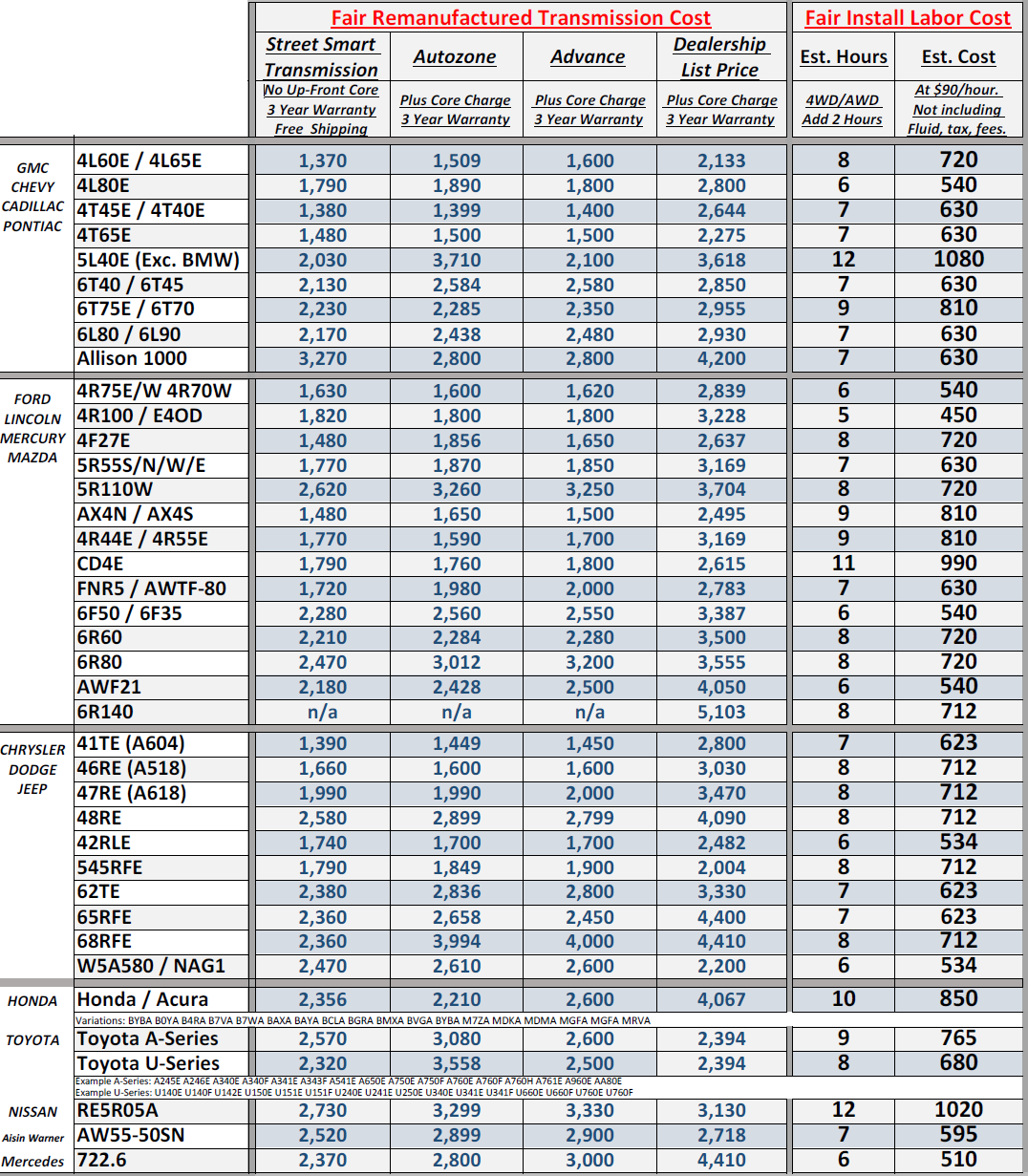It quite easily could be a transmission problem, but the thing of it is that if it were a serious transmission issue, it wouldn’t just go away and disappear as you drove along. It would remain. Indeed, it would likely get worse as you accelerated because your Element would probably start to slow down while your engine’s revving would get worse. It would seem like your Honda was driving through a sea of mud.
With that said, the other clue that it is likely something mechanical is that the check engine light keeps coming on. Did your mechanic check out the diagnostic codes that might have been caught by the electronic control unit? The way ECUs work is that even intermittent codes (light winking on and off) should be caught and stored in the ECU’s nonvolatile memory. If that is the case, the Honda diagnostic reader should pickup the codes and they should point to the trouble area.
Please take your vehicle to a Honda repair shop. The reason for suggesting this is that they have the right diagnostic reader for your Element. If you took your vehicle to your local mechanic — no disrespect intended — the chances are good that while he or she might have read the codes with a diagnostic reader that the reader wasn’t Honda-specific. Honda, like most carmakers, likes to keep its “trade secrets” secret so it doesn’t give out its diagnostic software to general repair shops. Instead, the automaker only gives out the “good stuff” to its own dealerships. This may be why your mechanic found no problem.
At a guess, it sounds like your Element’s gas filter may be almost plugged up. Yes, it is allowing fuel flow, but as larger particles come through the gas line now, they cut down on the remaining flow through the system and your Element bucks. On the other hand, you could have some water mixed in with the gasoline (or if you shopped at an off-brand gas station, there might be contaminants in the gas) and when it goes through the engine and into the cylinders, the vehicle bucks.

